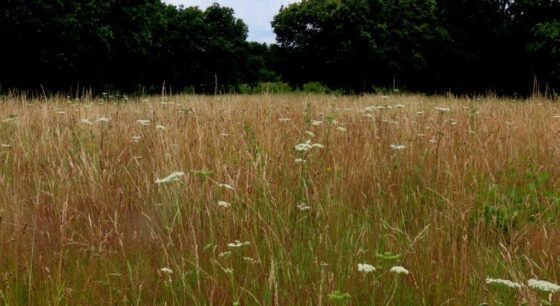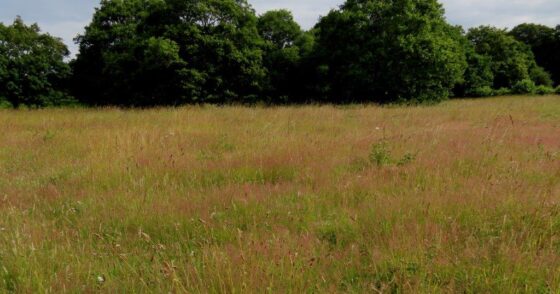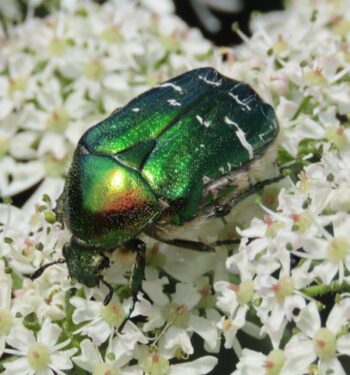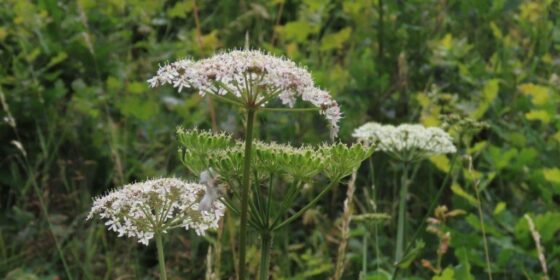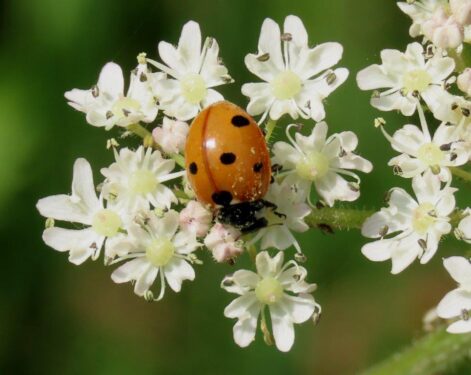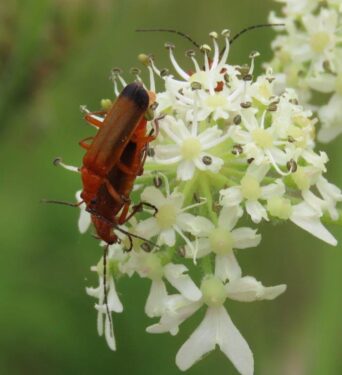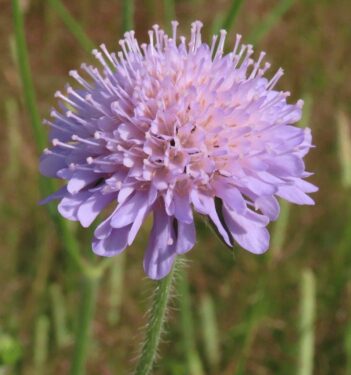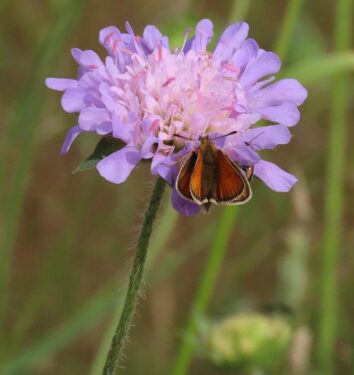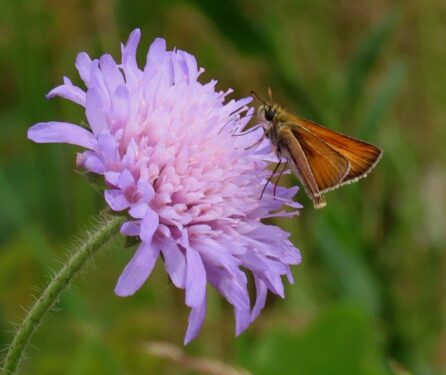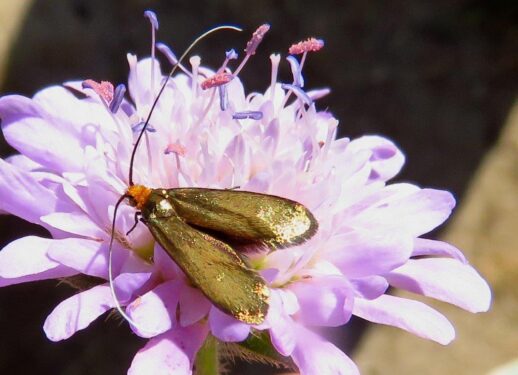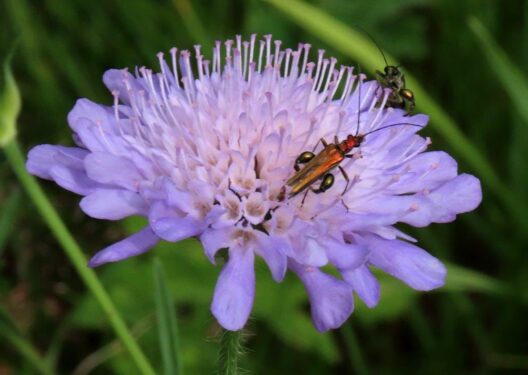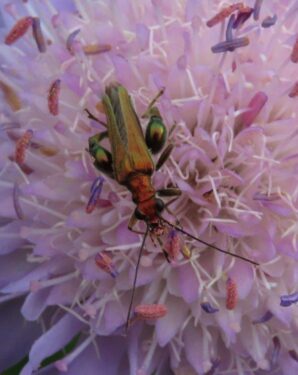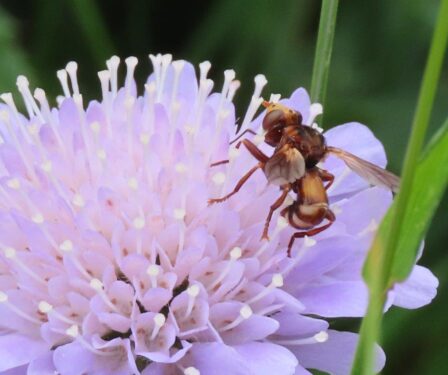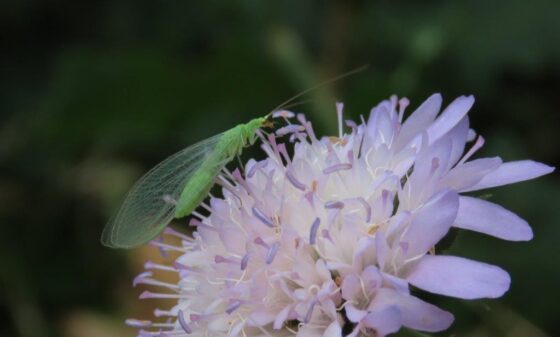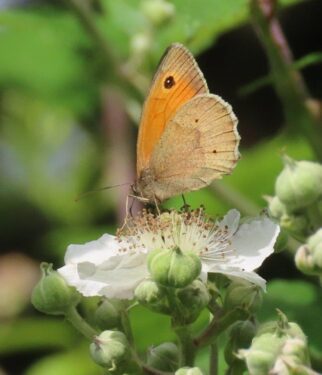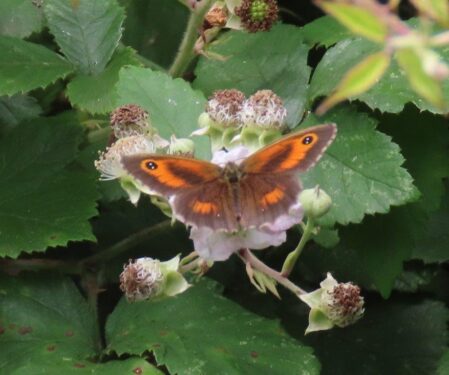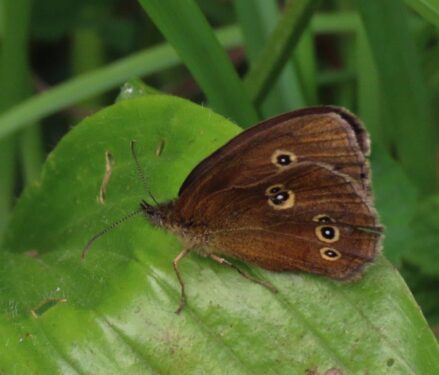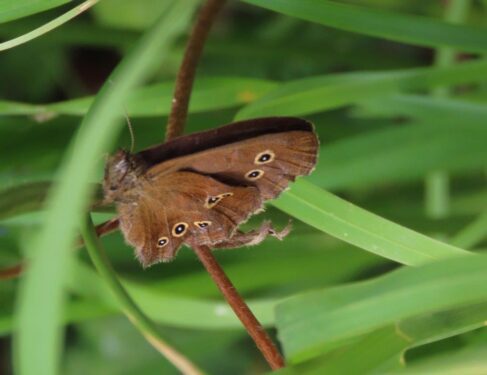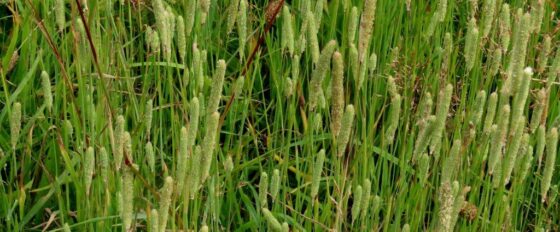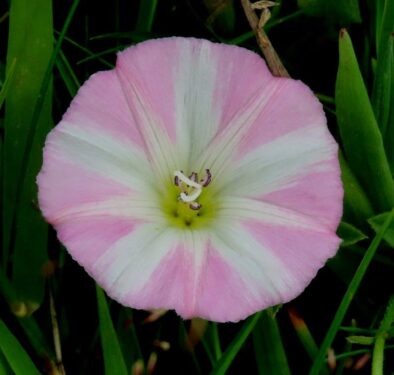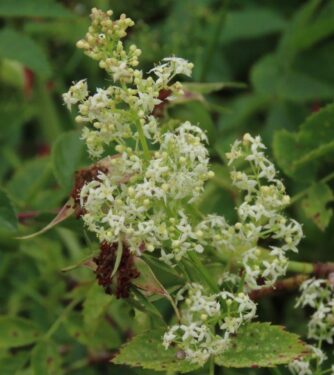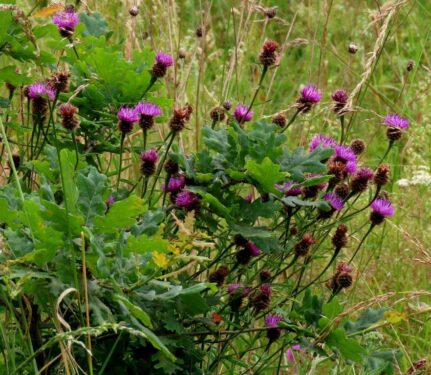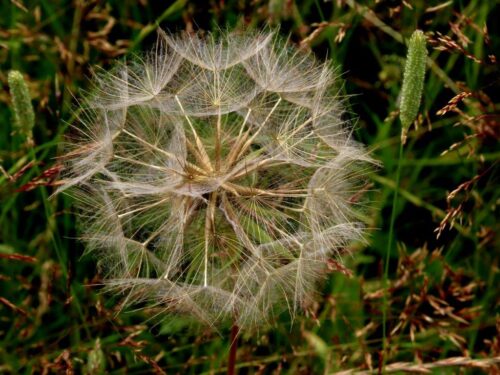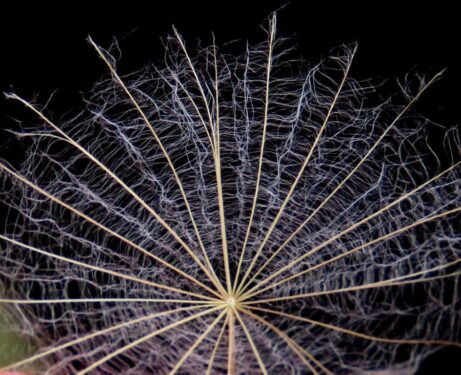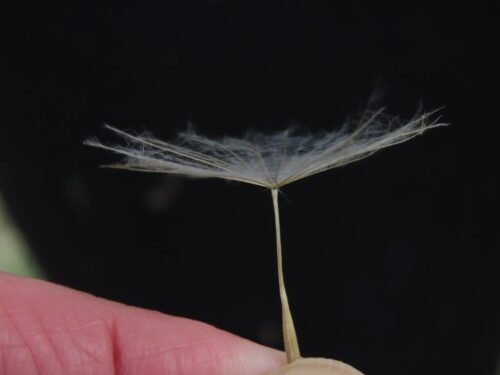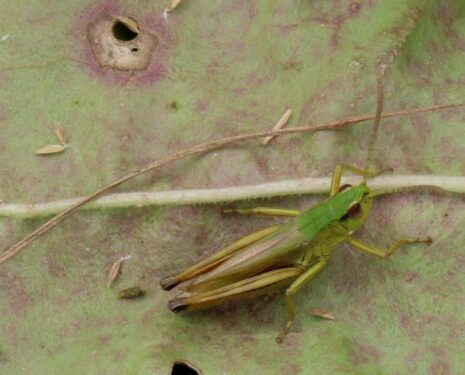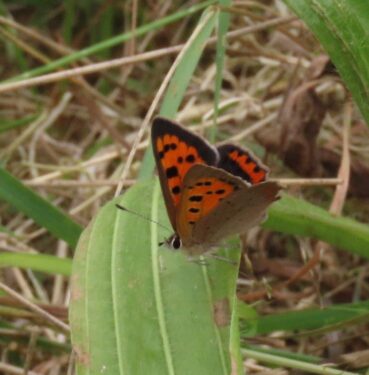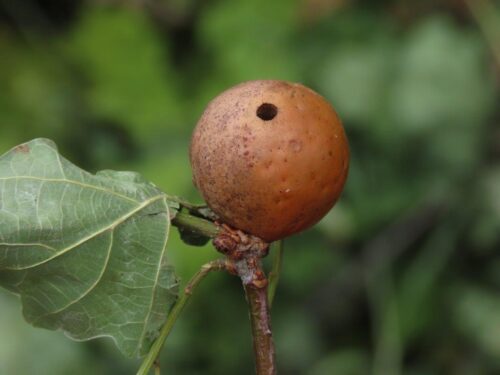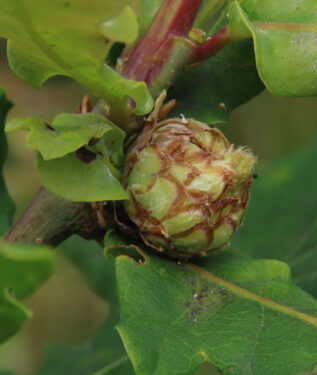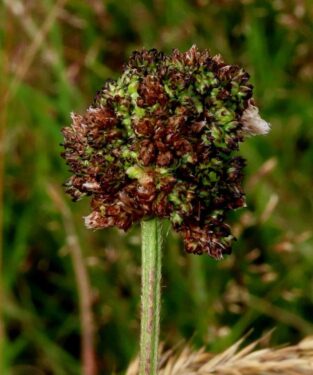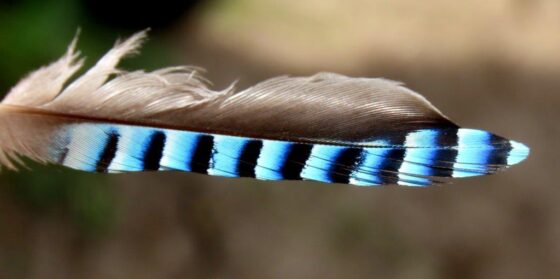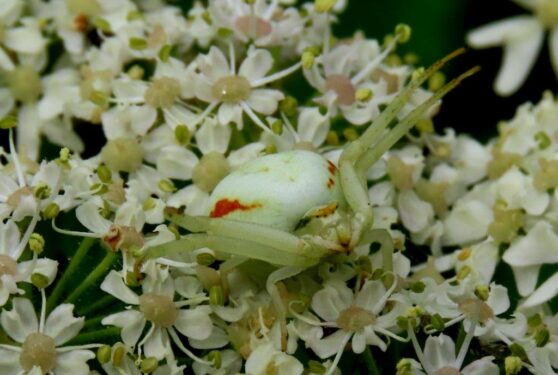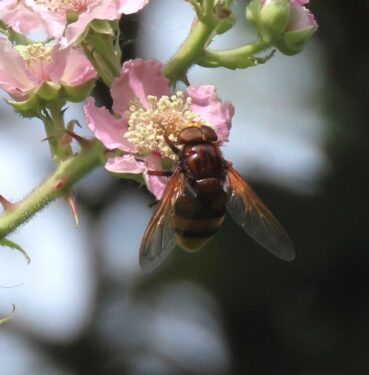Good news! The worries of the past few months have been partially dispelled. Our traditional midsummer Lower Lodge walk performed pretty much up to hopes and expectation in terms of numbers and diversity of insects in this wonderful grassland, scrub and woodland mosaic. Perhaps the Rubicon on the way to ecological calamity has not yet been crossed. Eco-anxiety is such a debilitating condition…
It seems the slow start to the season this year is just that, a slow start. Insect numbers were at last approaching normality, and even if some have been impacted by the extreme weather of the past couple of years, at least they can bounce back just as quickly especially if habitat conditions are suitable. And here is the other bit of very good news: Colchester City Council, whose management of the site over the past few years has been rather erratic, seem to have got on top of the task of ensuring each and every bit of the grassland on Lower Lodge has an autumn cut once every three years, thus preventing life being choked out by the spread of trees. They have thankfully brought it back from the edge of the precipice of such a fate.
It was a hot and sultry walk, and perhaps the most exciting find came right at the outset with a resplendently metallic Rose Chafer busily chomping on Hogweed flowers. This magnficent beetle is as much a natural icon of the Wivenhoe Area as is the Stag-beetle.
At this very moment, Hogweed is drawing much of the insect life in to its bounteous offerings of nectar and pollen, with for example numerous ladybirds (all Seven-spotted) and a good numbers of Hogweed Bonking Beetles, albeit rather few of them actually living up to the full extent of their name!
The other great nectar and pollen source at the moment is Field Scabious, in fact blooming more profusely and more widespread than I have ever seen it before.
Butterflies were visiting in hordes, Essex and Small Skippers in particular, along with a few of the rare speciality Scabious Longhorn moth, another metallic marvel.
But much more as well, from the equally metallic Thick-thighed Beetles, the Gargoyle Fly (our name for Sicus ferrugineus!), green lacewings and various bees, wasps and hoverflies to complete the picture.
Around the meadows generally, but especially along the scrub margins, brown butterflies were also in great abundance. Meadow Browns, now on the wing for the past three weeks, were looking rather worse for wear whereas Gatekeepers, freshly out were more pristine. And the Ringlets so fresh that many were still pumping up their wings after they vacated the pupa in the previous few hours.
Both browns and skippers share one feature – their larval food plants are grasses. And grasses are generally drought tolerant, as anyone who has seen a droughted lawn green up after rain will realise. Perhaps this is why these butterfly groups are doing so well this year, when many others are at a low ebb as a result of last summer’s heatwave?
Other plants in flower included Hedge and Lady’s Bedstraws (white and yellow respectively), Field Bindweed (particularly attractive in their candy-striped form) and the start of the season for Common Knapweed – over the next month this will gradually take over the role of provider of pollen and nectar to a hungry world.
Other plants though are at the end of their season, in particular Goat’s-beard, now forming robust ‘dandelion clocks’. In close up it can be seen how the umbrella-like struts attached above the seed are themselves branched and interlinked, together making a perfect parachute for wind dispersal of the seeds.
Life at every footfall, we saw a couple of grasshopper species and a few other butterflies (here, Small Copper) and moths (including the delightfully euphonious Timothy Tortrix), as well as regular fly-pasts by Brown Hawker dragonflies out a-hunting.
We even paused to examine a few of the galls, with marble and artichoke galls on Oak, caused by wasps, and the lumpy galls of Ribwort Plantain flowers, for which it seems the causal agent has yet to be identified. There is always something to learn in the natural world!
Being so hot, birdsong was only sporadic but included a couple of Yellowhammers, along with a warbling Blackcap and scolding Whitethroats. And it was a present from the avian world which provided a suitable full stop to the morning when one of the group picked up a real treasure, the wing-feather of a Jay.
Of course with all this good news, there is always a bit of bad. and for us that was the lack of any sightings of Common Blue butterflies or burnet moths. Usually regular here, they may yet emerge. Or perhaps, as larval feeders on Bird’s-foot-trefoil, a plant that is badly knocked back by drought, it would not be surprising if this year’s adults are fewer than normal. Neither did we see any sign of the magnificent Purple Emperor I saw holding court during my recce a week ago, nor the White Crab-spider or Hornet Hoverfly I photographed on that occasion.
That is the wonderful thing about the natural world: nothing can be taken for granted, and every foray into it an adventure. All of our previous visits here have had their highlights and lowlights, as you can see from the blogs we have published in the past: see 2021, 2020, 2019, and going right back to the start of #WildEssex 2018.
And talking blogs, this walk was the first with us for one of the group, who told us of her wildlife blog Berie Tree – Nature Spotter! berie tree | Nature spotter! (wordpress.com). Do take a moment to discover it and the lovely observations therein, mixed with poetry and other artistic endeavours. The world cannot have too much of that sort of thing!
